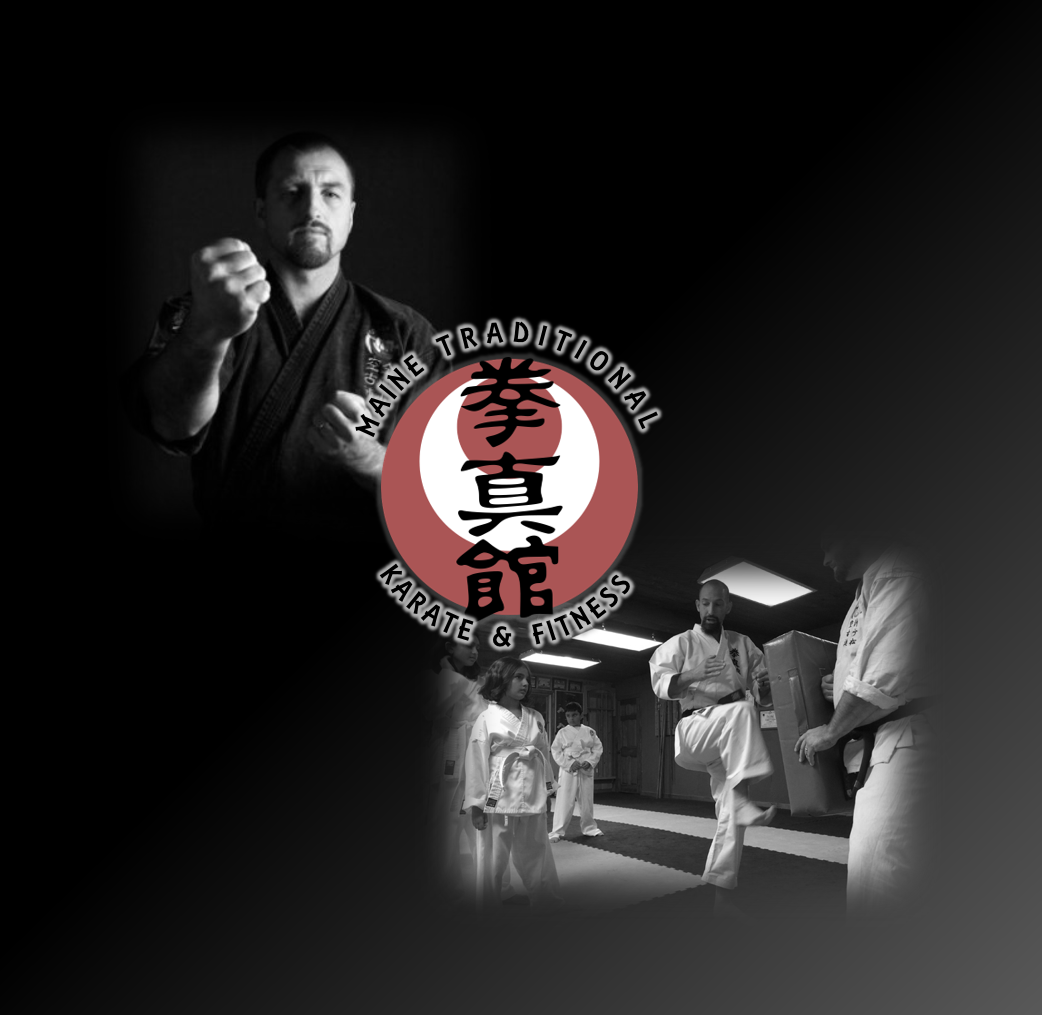Open foot, insert mouth … No, that isn’t right. Open toes, insert cheese …. Hmm, that seems less than correct. Trick or treat, smell my feet …. Nope, definitely not. If only I had something to tell me what is generally accepted as expected …. AHA, I do – PROTOCOL! That’s right my fellow karateka, it is time for installment two of dojo protocol. Today’s topic – the feet and associated lessons.
In Okinawa, and actually several other Asian and European cultures, it is impolite to show or point the bottoms of one’s bare feet towards another. The feet, specifically their bottom, are considered one of the dirtiest (uncleanly) portions of the body. It is therefore disrespectful to give someone the foot (and not just the middle toe), so to speak.
This “rule” gets applied in our dojo all the time. When we do pushups, everyone inevitably gets reminded to be aware of where the black belts are positioned so as to not point our feet at them. When we sit in a “big circle,” the two most acceptable positions are seiza (kneeling) or cross-legged. You guessed it, because of the position of the bare feet.
Our current ranking kyu student led an open dojo class on a particular evening. I needed work on my sai skills, so I positioned myself in the front right corner of the dojo for safety purposes (walls on two sides, away from other students, etc.). CLANK — the unmistakable sound of a sai having been dropped and hitting the dojo floor. I hadn’t even started practicing yet. I simply had my hands at my sides as I turned to check on another student, caught the yoku (prongs of the sai) on my gi tie and there you have it – twenty five pushups on the knuckles. I reached the up position on number three, and there, on his hands and knees at eye level with me, was the ranking kyu student (and instructor for the evening).
“Shawn, don’t point your feet towards the shomen wall,” he whispered. The shomen wall is the wall at the front of the dojo where, among other things, pictures of the masters from our lineage are displayed. Already annoyed at having dropped my sai in such a stupid way, I forced myself to resist the strong urge to roll my eyes at his statement. Even though I had been a dojo student for years and knew about protocol related to pointing the bottom of the feet away from the black belts, I had never heard anything about feet and the shomen wall. After the urge to voice a witty comeback had passed, I simply adjusted my positioning and finished my pushups.
I’m glad I did. Later that evening I pondered the incident and realized that at least three important lessons existed in the interaction. First, the evening’s instructor was probably correct. The symbolism of the masters watching over our class and the fact that they gifted us the accumulation of centuries of martial arts knowledge is to be respected in every manner possible. We bow to the lineage under several circumstances. The images are to be treated as if the masters were standing at the front of the dojo and leading class.
Second, and very important to our senior students as they develop leadership skills, notice how the senior student did not shout his feedback from across the dojo for all to hear. He positioned himself at my level and we carried on a private conversation about his concerns. His goal was not to embarrass me, but to help me be more aware of my surroundings and my behaviors within them.
As an aside, I encourage all dojo members to look at any feedback received in this manner. “Extraordinarily rare” describes the frequency of incidents I recall in which a higher rank member of the dojo simply seemed to be on some kind of power trip when offering feedback. Each student shares the common goals of trying to be the best karateka and best person he or she can be and helping others achieve these same goals. When one conceptualizes constructive criticism in terms of someone caring enough about a fellow student’s development to share important knowledge, ego gets replaced with mutual respect and a positive learning environment. If the feedback turns out to be incorrect, simply apply the well-known Japanese proverb, “saru mo ki kara ochiru,” meaning “even monkeys fall from trees.” In the off chance that an individual is confusing helping others learn with being bossy, consider perhaps that karate-do is a means by which he or she is fighting a personal battle for change in order to become a more effective leader.
By looking at feedback, and those offering it, through such lenses, we can avoid learning lesson three the hard way – never roll your eyes in response to being addressed by a higher ranking student, or any other student for that matter. Regardless of whether true or not, if one reframes any frustrating event as a lesson, it becomes more tolerable. Grandmaster Fusei Kise recalls staying at the home of Hohan Soken:
Once while I was mopping the floor with a small towel on my hands and knees, Sensei spilled water from the bucket with his foot. The floor I had just dried was wet again. But I was not angry; I just dried it once more. “Why did he do that?” I asked myself. “It must be part of my training,” I thought. (From The Spirit of Okinawan Karate)
Jikishin kore dôjô.

